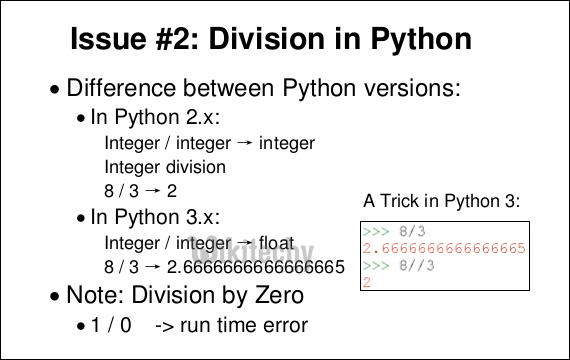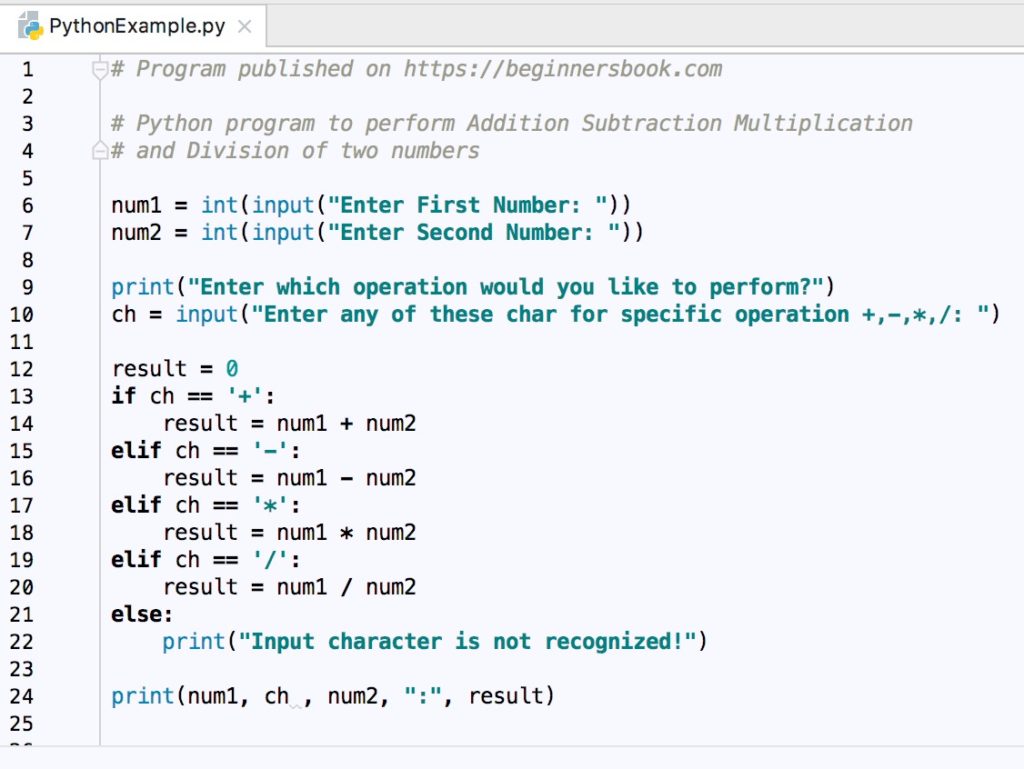What Is Floor Division In Java

Java math class provides useful methods for performing the math s operations like exponential logarithm roots and trigonometric equations too.
What is floor division in java. If the argument value is already equal to a mathematical integer then the result is the same as the argument. String args use math floordiv to compute the floor of a division. But 5 2 in java will give you 2 if that is what you re after. Java floor method the method floor gives the largest integer that is less than or equal to the argument.
Throw away the remainder and the result is 2. Integer division always gives an integer result no fraction truncated toward 0. Division there are two kinds of division in java integer and floating point they both use the operator to ensure you will get them confused. Why the author did this is impossible to answer without reading their mind.
The floor method rounds a number downwards to the nearest integer and returns the result. Java int division rounds towards zero. Java does integer division which basically is the same as regular real division but you throw away the remainder or fraction. The second argument is the divisor.
If the argument is nan or an infinity or positive zero or negative zero. Thus 7 3 is 2 with a remainder of 1. Java math abs round ceil floor min methods with example. Temp 256 is an integer by java s rules for integer arithmetic and using math floor on an integer is pointless.
Java int division is not quite the same as python s floor division. The java lang math floor returns the double value that is less than or equal to the argument and is equal to the nearest mathematical integer. If the argument is integer then the result is integer. Java math floor method floordiv and floormod use the math floor method to reduce numbers to the nearest lower integer.
Even if you don t see a use for it now it is used quite often. Rounds towards negative infinity. The java lang math floor double a returns the largest closest to positive infinity double value that is less than or equal to the argument and is equal to a mathematical integer. It depends on whether the operands surrounding it are int long or float double which form is used.
Using math floor is superfluous. Integer division can come in very handy. You could simply use temp 256. The first argument is the number being divided.












































